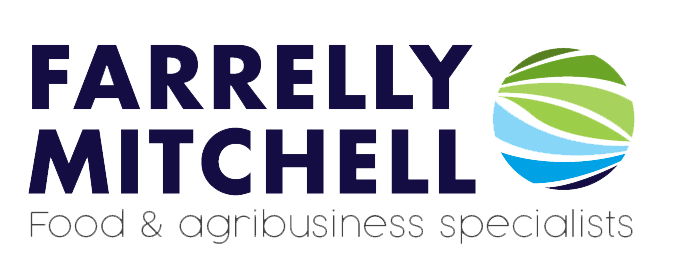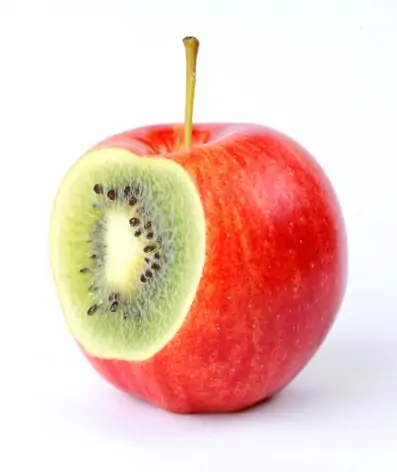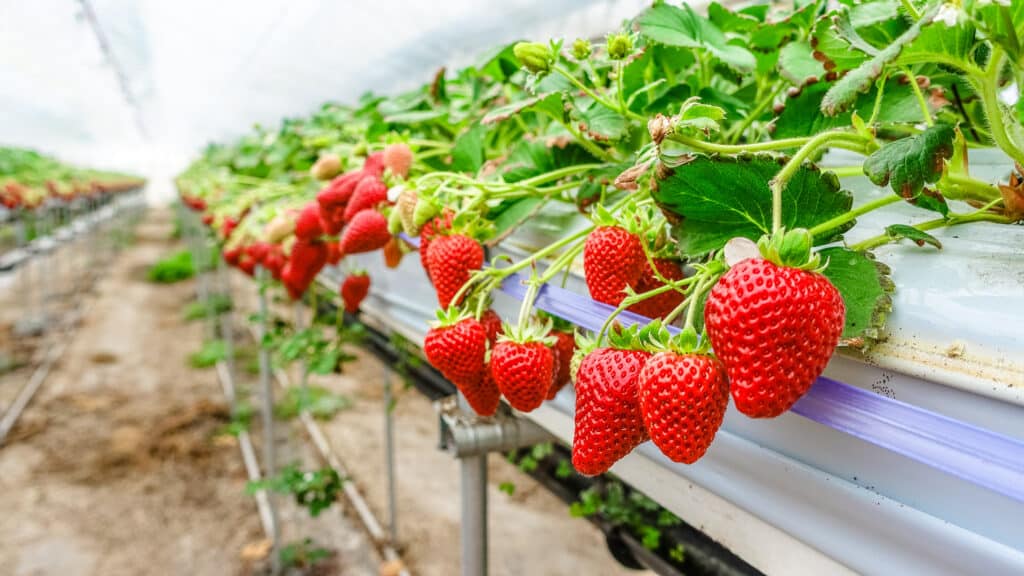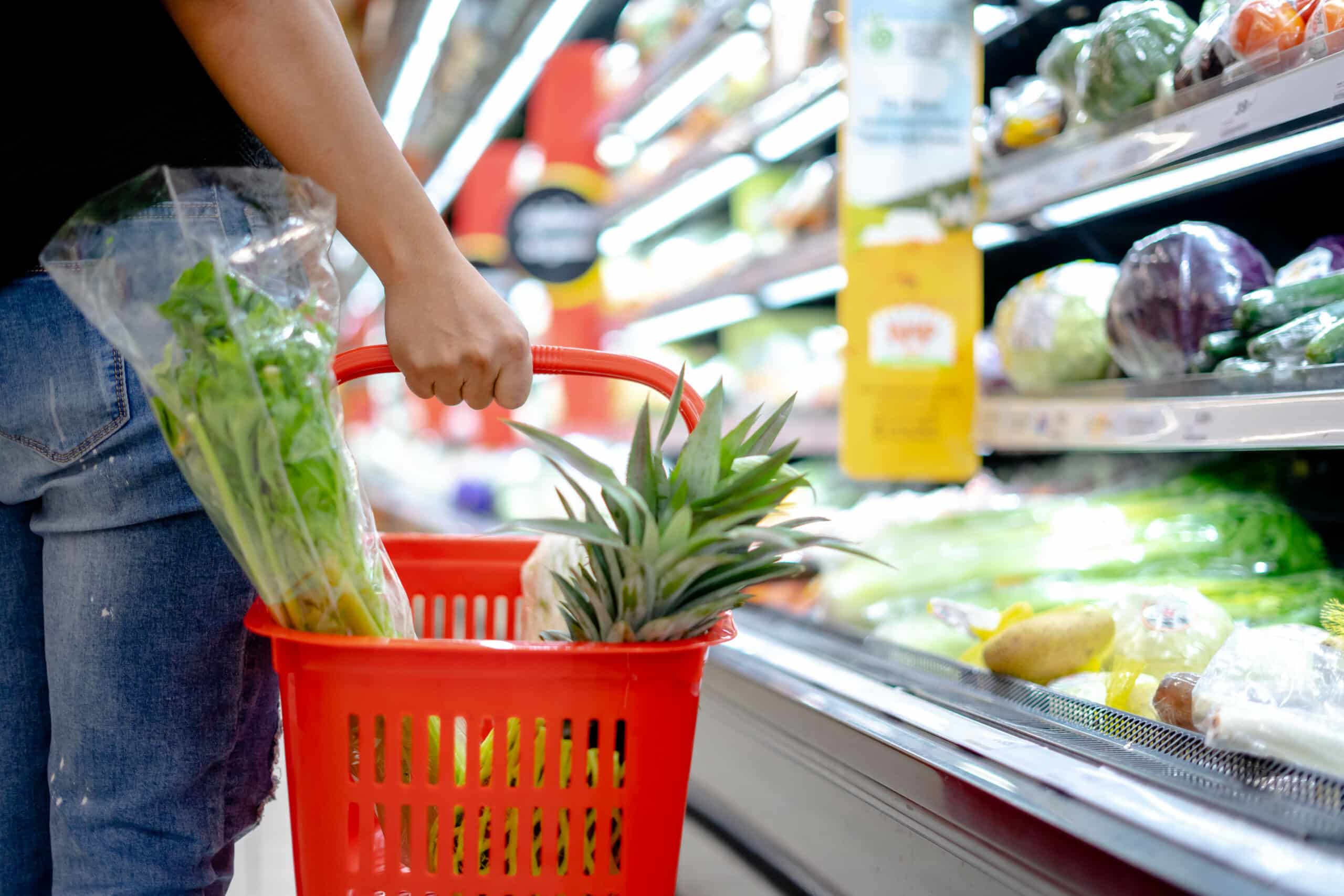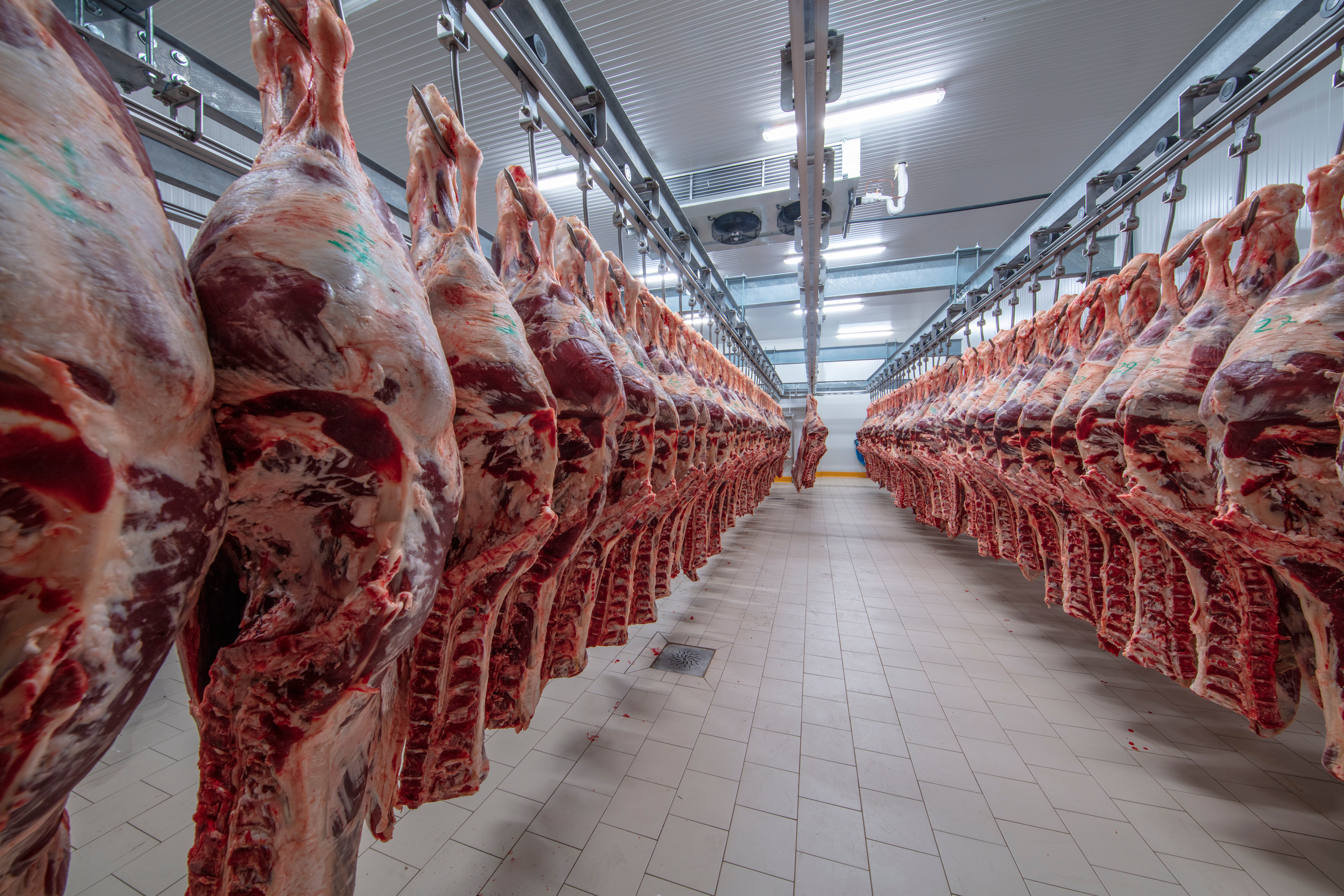Thanks to our hectic lifestyles, the food industry is no longer about inventing the next big meal idea, but about coming up with the next big snack for consumers who are continually short on time, and looking for healthier and tastier options – this disruption is setting and driving new trends in the market.
Changing Landscape
Consumers now define snacks differently than a decade ago: We used to think a snack was crisps or biscuits. Now snacks can be anything from beverages to mini-meals. The large variety of snack foods include but are not limited to nuts, salty snacks such as chips/crisps, and sweet snacks such as popcorn, refrigerated snacks such as puddings, crackers, rice cakes, meat snacks such as beef jerkies, as well as dips and spreads such as peanut butter, salsa and hummus.
Perceptions of snacking have shifted from a behaviour to be avoided to a means of sensible eating. Snacking and what a snack is have been redefined to the advantage of the industry. Now, the consumers enjoy healthier snacks guilt-free with endless flavour possibilities.
Competition
Snack foods compete against other “impulse” food items, including chocolate, cookies and crackers, baked goods, fruits and vegetables, and fast food, which makes the competition very intense. The table below not only shows a diverse mixture of what consumers consider snacks, but also that consumers do not have loyalty to any one type of snack.
Consumers crave variety, which has driven the industry to be more and more innovative over the last decade.
Big & Bold Flavours
Consumers want big and bold flavours. This is essential to keep in mind when developing healthy snacks. Reducing sodium, fat and sugar in formulations for health reasons may often result in a product that is lacking in flavour. Successful snack brands are the ones that deliver great taste with healthy ingredients.
Snacks provide the convenience consumers want with a less expensive price tag than a full meal. Moreover, prices of snacks can be raised more quickly and easily with much smaller repercussions than staple foods – as snacks are often impulse purchases, buyers are willing to grab-and-go to satisfy an immediate craving while paying less attention to the price tag.
Snack food industry experts
With consumers seeking healthier, tastier, and more convenient snack options, commercial success in the bakery & confectionery industry is becoming increasingly reliant on product innovation.
At Farrelly Mitchell, our food and beverage consultants offer key insights into product design, food safety, and market entry & development, ensuring that our clients not only meet but exceed consumer expectations for quality and safety. With a keen focus on technology & innovation and food ingredients & alternative proteins, we help brands stay ahead in creating snacks that deliver on big, bold flavours without compromising on health. To navigate the complexities of the food industry and ensure your products are desirable and sustainable, contact our team today.
